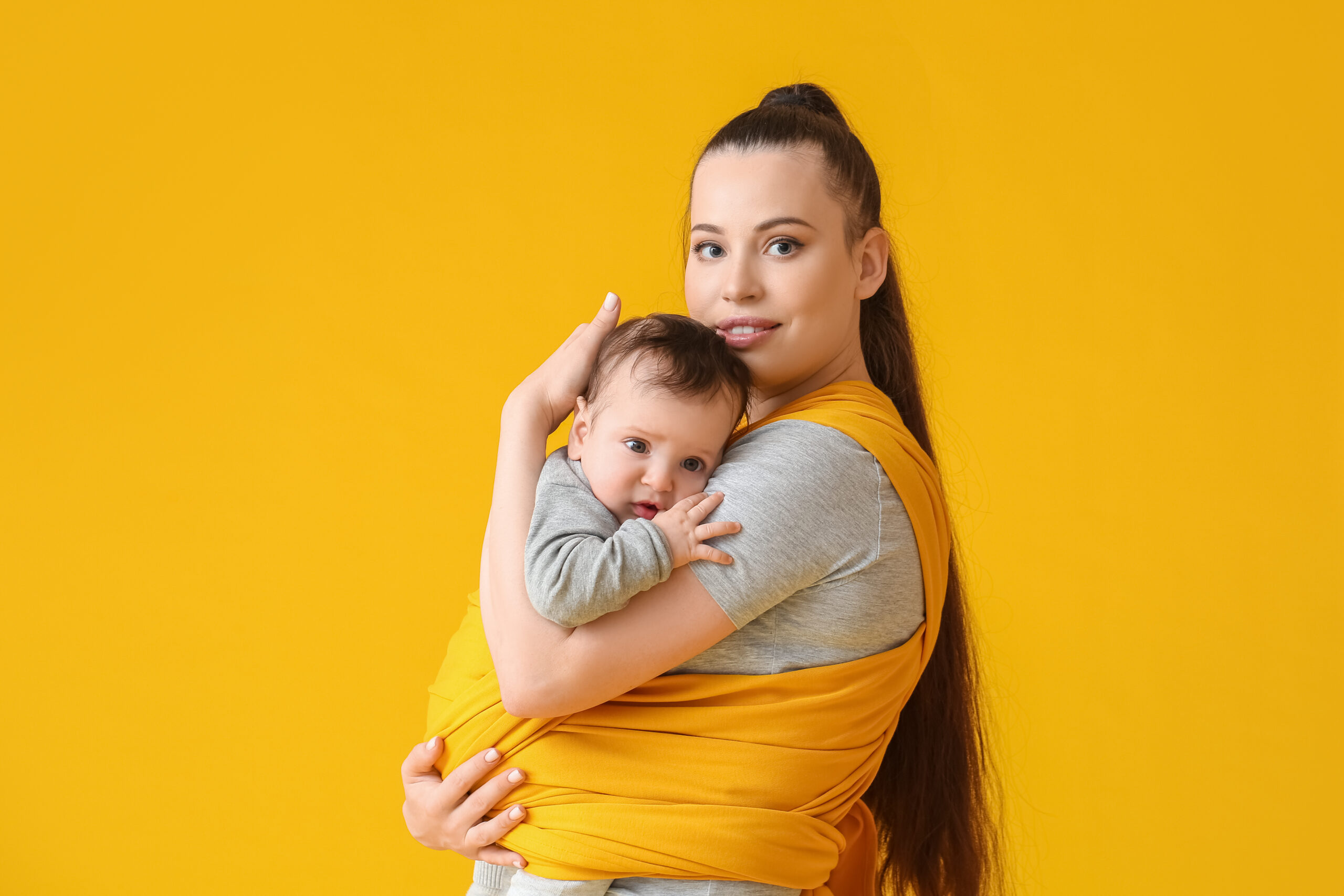As a new or expecting parent, ensuring that your baby gets enough sleep is essential for their growth and development. However, it’s equally important to ensure that your baby is sleeping safely to reduce the risk of Sudden Infant Death Syndrome (SIDS) and Sudden Unexpected Infant Death (SUID). The American Academy of Pediatrics (AAP) has released updated safe sleep guidelines to help parents create a safe sleeping environment for their infants. To help reduce the risk of these tragedies, we’ll help you understand SIDs/SUIDs and the AAP’s safe sleep guidelines for infants.
Disclaimer: It’s important to note that following safe sleep guidelines does not guarantee that an infant will not experience SIDS or SUID. However, these guidelines have been shown to significantly reduce the risk of these tragedies.
Understanding SIDS and SUIDs
SIDS is defined as the sudden and unexpected death of an apparently healthy infant under one year of age, which remains unexplained after a thorough investigation including an autopsy, examination, and a review of the clinical history. On the other hand, SUID is a term used to describe any sudden and unexpected death of an infant, whether explained or unexplained, occurring during infancy.
Statistics and Risk Factors
According to the American Academy of Pediatrics (AAP), SIDS is the leading cause of death for infants between one month and one year of age. Approximately 3,500 infants die each year in the United States from sleep-related deaths, including SIDS, accidental suffocation, and strangulation in bed.
Several risk factors have been identified that can increase the likelihood of SIDS and SUID, including:
- Sleeping on the stomach or side
- Soft bedding or loose objects in the sleep area
- Overheating
- Maternal smoking during pregnancy
- Prematurity or low birth weight
- Exposure to secondhand smoke
- Bed-sharing with parents or siblings
Difference Between SIDS and SUIDs
The main difference between SIDS and SUIDs is that SIDS is unexplained, while SUIDs can be explained or unexplained. SUIDs can be caused by accidental suffocation or strangulation in bed, infection, metabolic or genetic disorders, or other medical conditions. It is important to note that while SUIDs can be explained, they are still considered unexpected and often preventable.
By understanding the definitions, risk factors, and differences between SIDS and SUIDs, you can take steps to ensure your baby’s safety during sleep.
AAP Safe Sleep Guidelines
As a new or expecting parent, it’s important to familiarize yourself with the AAP’s safe sleep guidelines and to discuss any questions or concerns with your healthcare provider. The AAP recommends following safe sleep guidelines to reduce the risk of SIDS and SUIDs.
Sleep Environment Recommendations
The AAP recommends that infants should sleep on their backs on a firm, flat, non-inclined surface without any soft bedding to reduce the risk of SIDS and SUID. Soft bedding, including blankets, pillows, and crib bumpers, can increase the risk of suffocation or strangulation. Instead, parents should use a fitted sheet to cover the mattress and dress their baby in a wearable blanket if necessary.
Room-sharing without bed-sharing is recommended for at least the first six months, and ideally, for the first year of a baby’s life. This means that your baby should sleep in the same room as you, but not in the same bed. Bed-sharing can increase the risk of SIDS and SUID, and it’s especially dangerous if you smoke, use drugs, or have been drinking alcohol.
Sleep Practices for Newborns
Newborns should be placed on their backs to sleep for every sleep time, including naps and nighttime sleep. Tummy time is also important for your baby’s development, but it should only be done when your baby is awake and supervised. The AAP recommends that parents should start tummy time from the first day home from the hospital and gradually work up to a total of 30-60 minutes per day by the time the baby is 3 months old.
Parental Education and Support
It’s essential for parents to receive education and support to ensure that they’re following the safe sleep guidelines correctly. Healthcare providers should provide parents with information about safe sleep practices during prenatal care visits and after delivery. Parents should also be encouraged to ask questions and seek support if they’re having trouble following the guidelines.

Importantly, following the AAP safe sleep guidelines can help reduce the risk of SIDS and SUID and ensure that your baby is sleeping safely. Remember to always place your baby on their back to sleep, use a firm, flat, non-inclined surface, and avoid soft bedding. Room-sharing without bed-sharing is recommended for the first year of life, and tummy time should be done when your baby is awake and supervised. Don’t hesitate to ask for guidance from your healthcare provider to ensure that you’re following the guidelines correctly.

